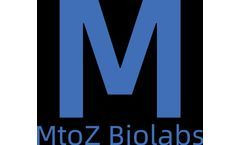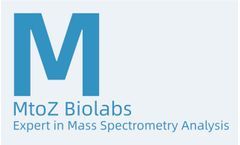Disease Identification Articles & Analysis
7 articles found
They are increasingly employed in non-invasive techniques to improve the identification and treatment planning of various medical conditions. Contribution to Disease Identification Medical rings play a crucial role in accurately mapping internal organs and structures during diagnostic evaluations, thereby enhancing the precision of ...
Tau protein is a microtubule-associated protein, mainly present in nerve cells, and participates in the stabilization of microtubules. In certain neurodegenerative diseases, such as Alzheimer's disease (AD), Tau protein may undergo abnormal phosphorylation and aggregation, forming so-called Tau tangles or neurofibrillary tangles.Ubiquitination is a kind of ...
In post-translational modification (PTM) of proteins, ubiquitination is considered one of the most critical processes in regulating cellular functions and various diseases. The identification of ubiquitination sites becomes very crucial for understanding the mechanisms of ubiquitination-related biological processes. ...
Depending on the focus of the study, lipidomics can be applied to the following pharmaceutical research. Identification of disease biomarkers The most fundamental application of lipidomics in pharmaceutical research is the identification of lipid biomarkers that are associated with lesions in organisms or are expressed abnormally in ...
Rare diseases, also known as orphan diseases, affect a small percentage of the population, making them particularly challenging to diagnose and treat. ...
In recent years, scientific advances in viral vector engineering, rare disease genome identification, and gene editing are ushering in a new era of viral gene therapy. ...
Linkage analysis in family members is a traditional strategy of identification of disease-associated mutation. However, many diseases are rare, which poses challenges for linkage analysis in which data collections from large families are needed. ...






